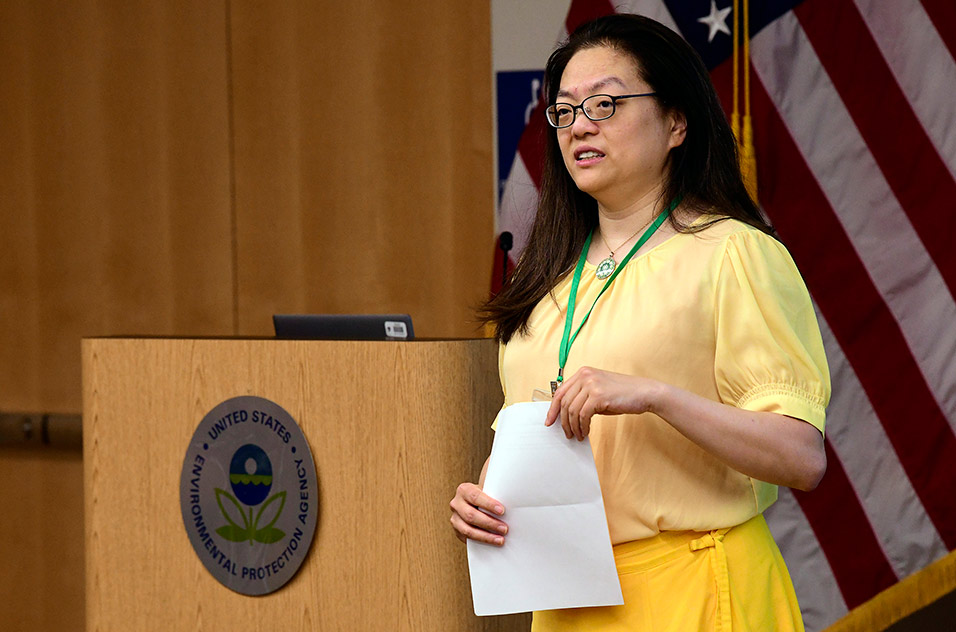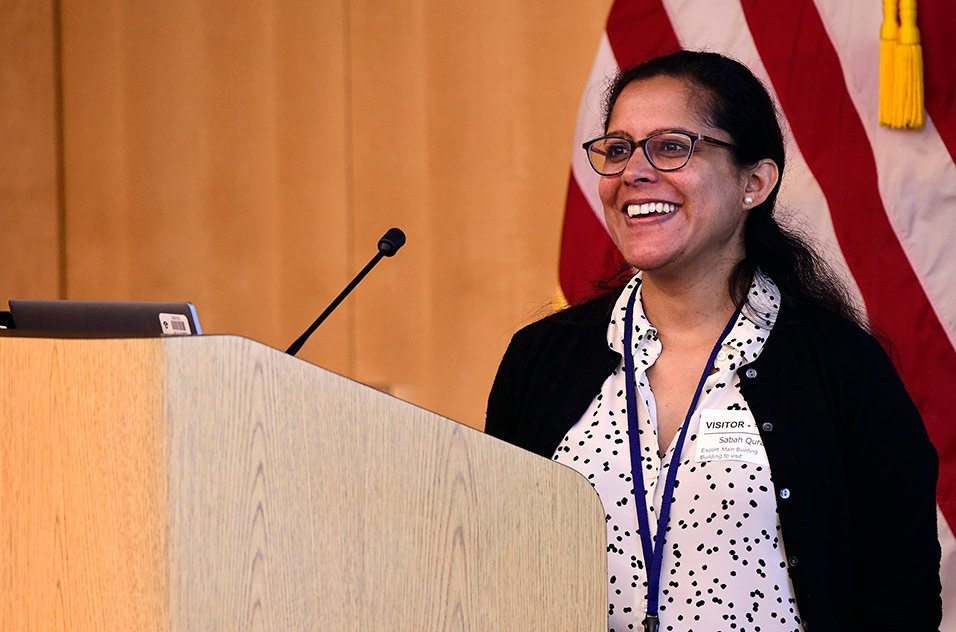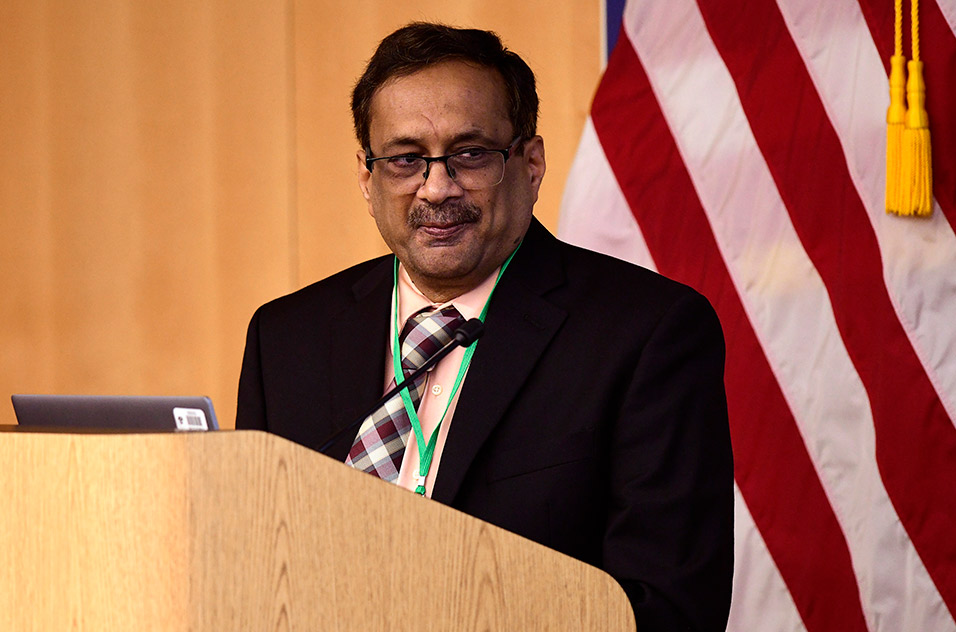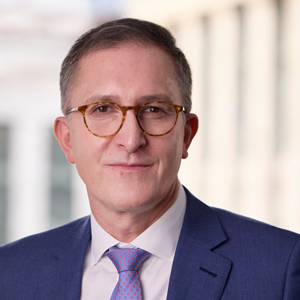Director meets with global health leaders during Asia trip
During a May trip to Asia, NIEHS Director Rick Woychik, Ph.D., met with leaders of the National Health Research Institutes (NHRI) in Taipei, Taiwan, most notably NHRI President Huey-Kang Sytwu, M.D., Ph.D. NHRI is Taiwan’s equivalent to the National Institutes of Health. Woychik also visited Taipei Medical University, where he gave a talk on the future of environmental health sciences.
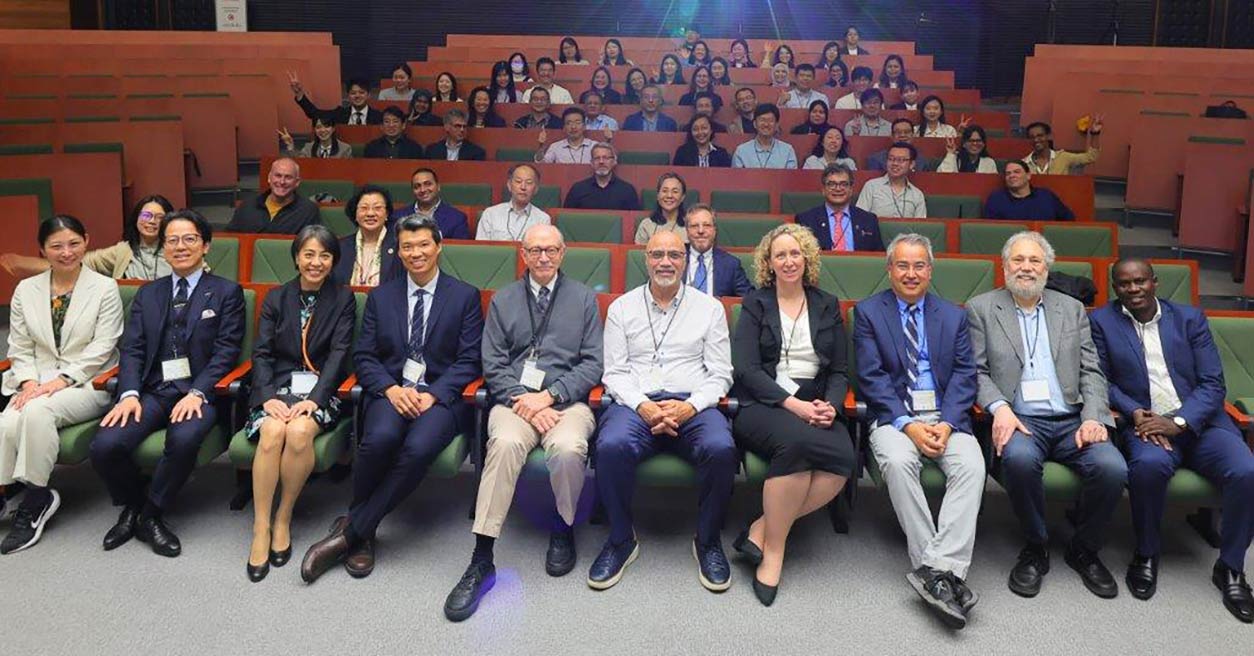
Woychik also attended the Sapporo Exposome Conference in Hokkaido, Japan, where he met with other global health experts, such as Chiho Watanabe, Ph.D., president of Japan’s National Institute for Environmental Studies. Woychik was accompanied by Richard Kwok, Ph.D., program director for the Population Studies and Genetics Branch at the National Institute on Aging. They discussed the role of the exposome in aging. Woychik later attended the Disaster Research Response Workshop in Kawasaki, Japan. (EH)
NIEHS speaker series highlights recent advances in HIV research
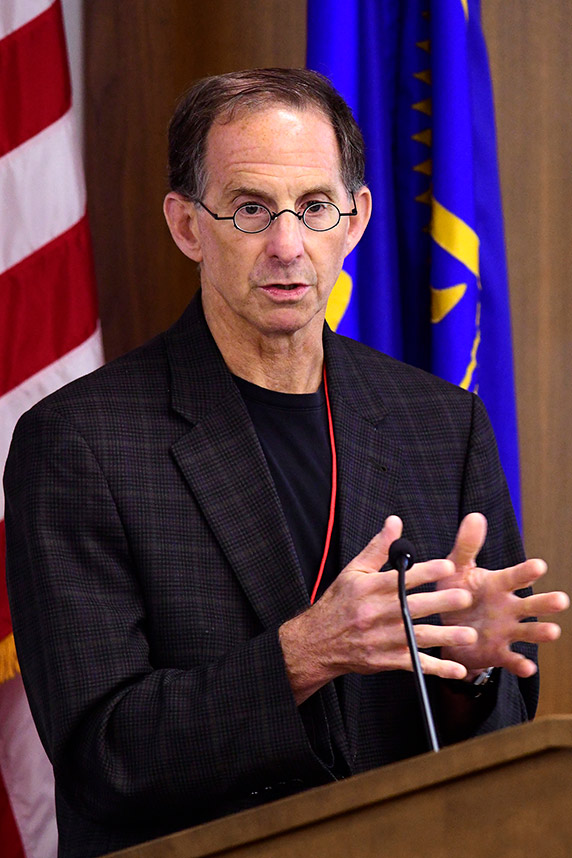
The NIEHS Office of Science Education and Diversity (OSED) hosted a June 11 talk by David Margolis, M.D., director of the University of North Carolina at Chapel Hill HIV Cure Center, on recent developments in HIV research. The presentation was part of the NIEHS Diversity Speaker Series in recognition of Pride Month.
During his talk, Margolis explained how further research into latent reservoirs, or immune cells infected with HIV but not actively producing new viral particles, could help researchers find a cure. He also noted that investigations into the effects of cancer drugs on HIV have shown incremental advances.
“All this work on a cure does not in any way detract from the importance of developing a vaccine, preventing new infections, getting people who are infected on treatment, and maintaining them in health,” Margolis said. “To have more tools is always better.”
The full lecture will be posted on this NIEHS webpage. (SC)
NC State veterinary students tour NIEHS
Students in the North Carolina State University Veterinary Summer Scholars Program visited NIEHS May 30 for a half day of talks, panel discussions, a walking tour of campus, and lunch. The first- and second-year students got a firsthand look at what a veterinary career at a research institute looks like and heard from experts on behavioral research using animal models, the ethical treatment of research animals, and the intricacies of molecular and anatomic pathology, among other topics.
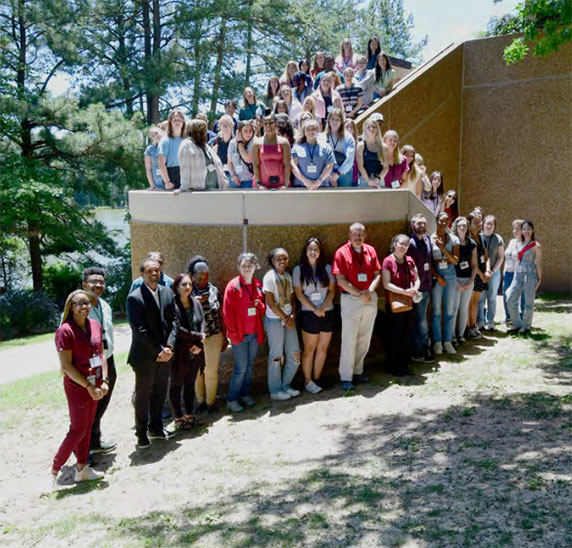
“Introducing scholars to potential career options broadens their horizons and exposes them to possibilities they might not have considered before,” said Sonika Patial, D.V.M., Ph.D., a pathologist in the Comparative and Molecular Pathogenesis Branch who arranged the visit. “This can be incredibly rewarding, as it helps them envision diverse paths within veterinary medicine.”
Dondrae Cobble, D.V.M., provided introduction and welcome remarks along with the following speakers who shared their career perspectives and helped make the event a huge success.
- Andrew Gorman, D.V.M.
- Donna Webb, D.V.M.
- David Kurtz, D.V.M., Ph.D.
- Jesse Cushman, Ph.D.
- Darlene Dixon, D.V.M., Ph.D.
- Arun Pandiri, Ph.D.
To learn more about training opportunities at NIEHS, visit the career page. (EH)
U.S. congresswomen visit NIEHS and learn about research priorities
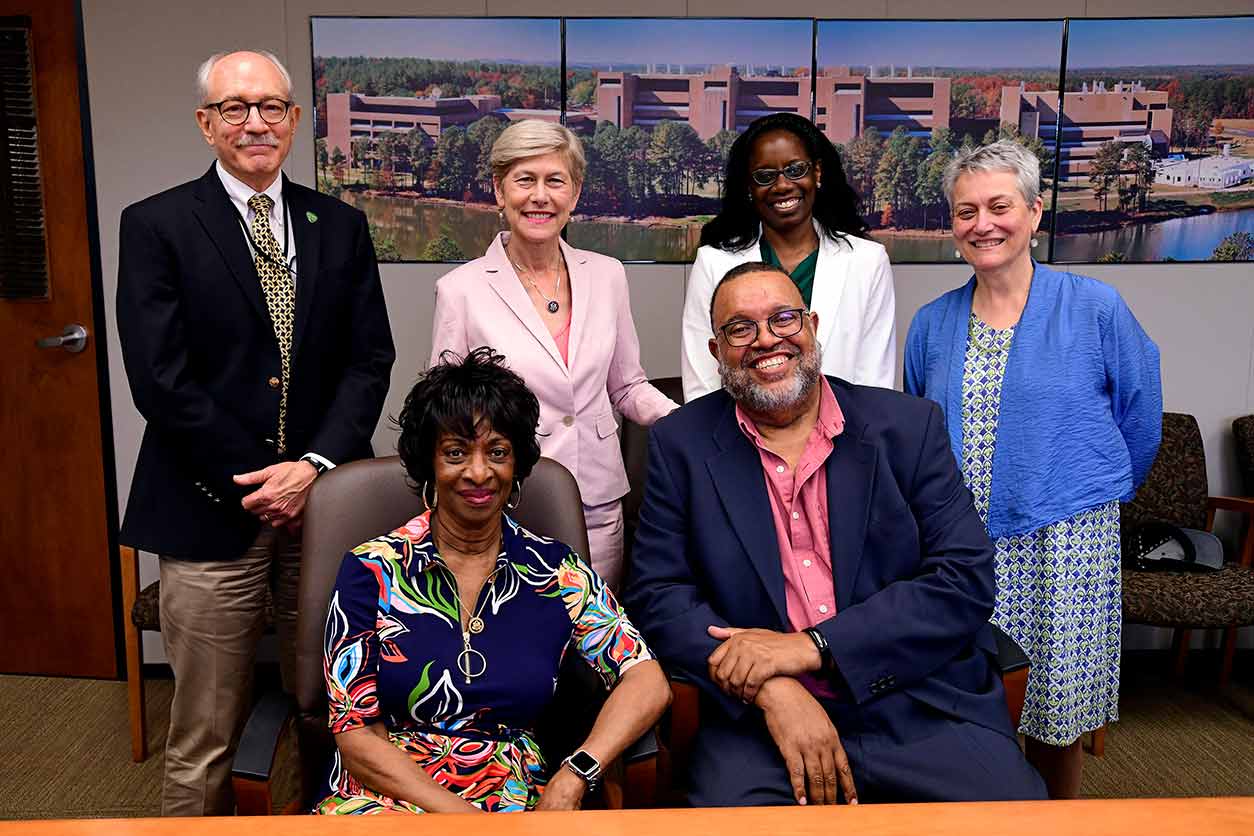
U.S. Reps. Valerie Foushee of Durham and Deborah Ross, J.D., of Raleigh visited the NIEHS campus in North Carolina on June 18. Foushee and Ross toured research labs, learned about projects scientists are tackling, and met with institute leaders including Director Rick Woychik, Ph.D., who discussed current NIEHS research priorities.
During the visit, the members of Congress were briefed on NIEHS efforts to uncover the environment’s role in health and disease. Institute leaders also answered questions about community-based interventions such as the Women’s Health Awareness program, reproductive health studies, and environmental justice programs.
Both congresswomen said they look forward to returning for another visit soon.
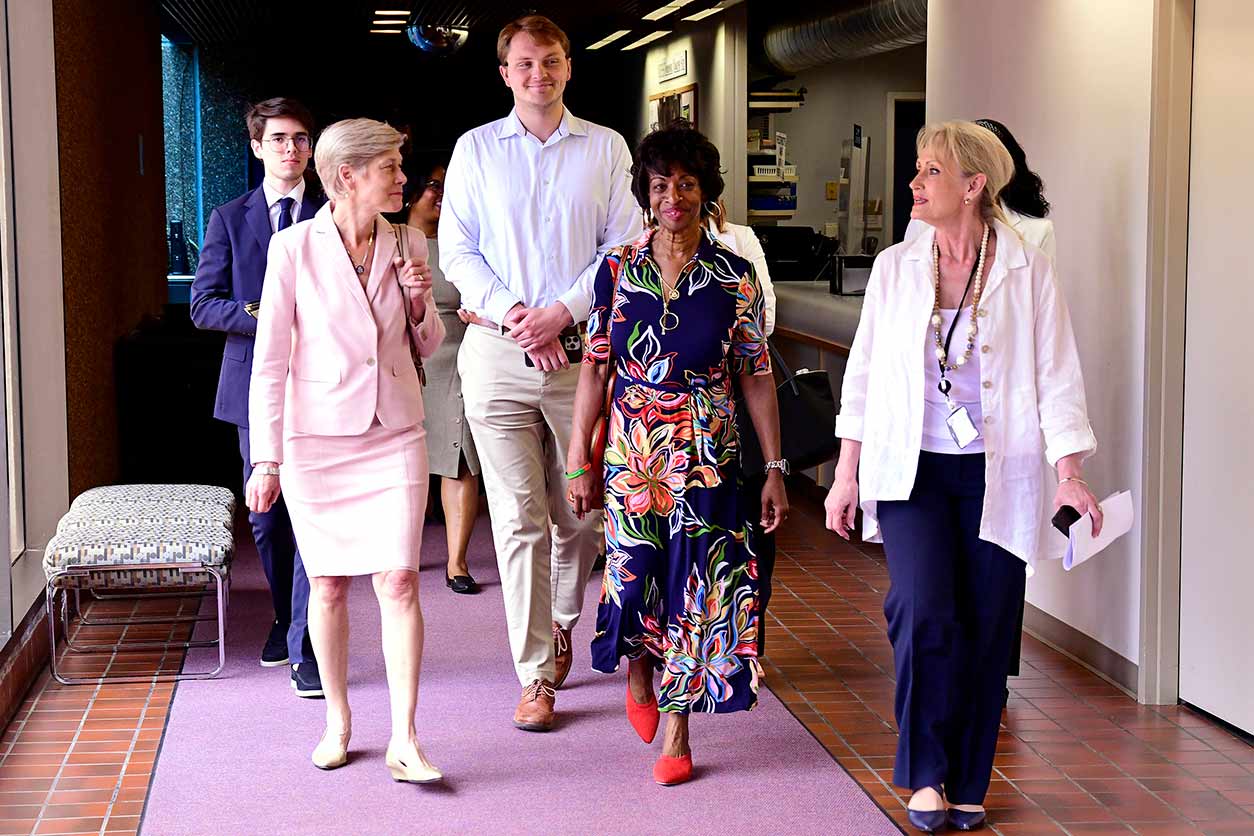
Spring GEMS meeting focuses on increasing the impact of your research
Speakers at the spring meeting of the Genetics and Environmental Mutagenesis Society of North Carolina (GEMS) discussed strategies, practical approaches, and tips to make science more accessible and increase its impact, among other topics. The in-person gathering was held May 21 at the Research Triangle Park, North Carolina, campus of the U.S. Environmental Protection Agency (EPA).
“This half-day symposium included speakers from various disciplines and sectors, and they shared their personal experience, tried and true methods, as well as many examples and resources to help participants in all career stages to increase their own research impact,” said GEMS President-elect Amy Wang, Ph.D., a health scientist in the Integrative Health Assessments Branch of the Division of Translational Toxicology.
Symposium topics included amplifying the impact of journal publications, the use of research data in regulatory assessments, the potential of data reuse to boost research impact, and outreach and social and community efforts. The symposium was so well-received that GEMS is planning to host encore symposiums at local universities. (EH)
(Erica Hinton and Susan Cosier are contract writers for the NIEHS Office of Communications and Public Liaison.)





